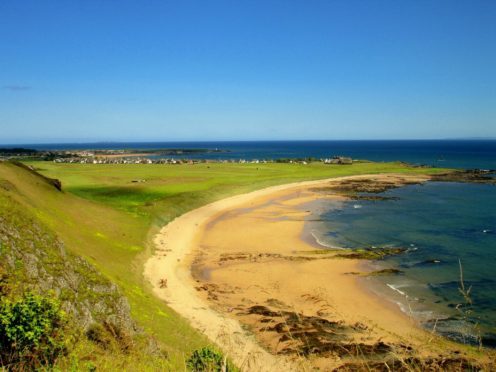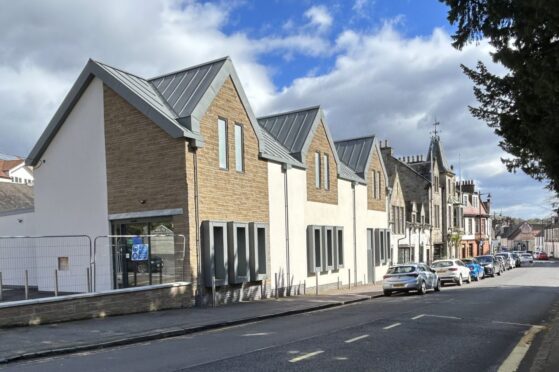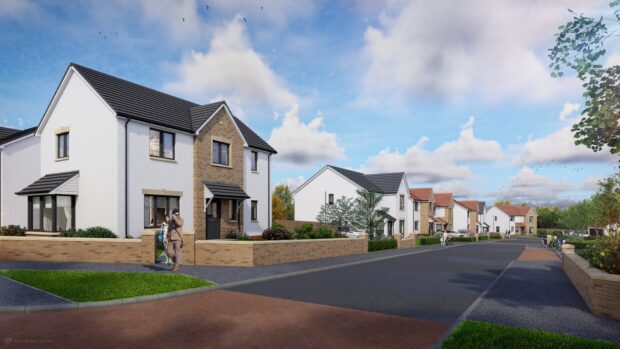A report has revealed more than half of the houses in parts of the East Neuk of Fife are now classed as second homes, prompting renewed calls for action to alleviate the current housing crisis.
The Scottish Greens say the findings suggest the Scottish Government needs to play “catch up” on the worsening problem if it is to tackle the nation’s housing problem after it emerged there are now more than 100,000 empty or under-used houses in Scotland.
The situation is worst in the picturesque village of Earlsferry, where 54% of houses are second homes.
That is the second highest figure in Scotland, just behind Largs Central and Cumbrae in North Ayrshire, while neighbouring Elie comes in at 32% and around 20% of Crail’s houses are second homes.
Green MSP for Mid Scotland and Fife Mark Ruskell has called for an overhaul of housing laws to allow councils to control the spread of second homes by making them subject to change of use orders.
He added the party also wants to close a tax loophole that allows owners of second homes to avoid paying council tax by listing their property as a business.
“Second homes are becoming a blight in the East Neuk, denying local people access to affordable, good quality housing and inflating house prices beyond the reach of many families,” he said.
“Our beautiful villages are becoming ghost towns, with no one to provide the local services communities rely on.
“If we continue this trend our villages will lose the very heart and soul that made them such popular holiday destinations in the first place.
“The recent changes to tax rules mean that many of the owners of these properties are no longer paying either council tax or non-domestic rates on their homes, denying Fife Council hundreds of thousands of pounds each year that could help offset some of the worst effects of the East Neuk housing crisis.
“The Scottish Greens’ proposed overhaul of housing legislation would deliver the fresh energy and new powers needed to tackle Scotland’s housing crisis.”
The Fife Council administration has pledged to tackle the second home problem, although a restriction on new houses being turned into second homes could only be brought in via the new Fife Plan which would not come into force until 2023.
Estimates suggest the local authority may have lost around £600,000 in council tax revenue as a result of second home properties being switched from council tax to business rates which, because they counted as small businesses, were then exempt.
The Scottish Government said powers introduced in 2013 allow local authorities to apply a council tax levy on long-term empty properties to encourage private owners to bring them back into use.
“We have doubled support for the work of Scotland’s Empty Homes Partnership since 2010, which has now brought over 2,800 homes across Scotland back into use,” added housing minister Kevin Stewart.
“Local authorities already have wide-ranging compulsory purchase powers which can be used to bring empty homes and vacant land back into positive use.
“In addition we have committed to introducing legislation within the term of this Parliament to provide authorities with a new power to promote compulsory sale orders to tackle the blight of abandoned buildings.”










